Disclosure: Meeple Mountain received a free copy of this product in exchange for an honest, unbiased review. This review is not intended to be an endorsement.
I’ve come out against system games before. I think most of the time the system that’s being reused or sequel-ized usually isn’t robust enough to support continuous iteration. 18xx games, while popular and with more franchises than McDonald’s, don’t get better than 1849. COIN—imperialist propaganda pieces with eye-crossingly bad rulesets that don’t stand muster. Quartermaster General doesn’t really improve that much past the original. And don’t get me started on the Spans.
Age of Steam is really the only system that I think stands up to sequel treatment, and half of the maps for it aren’t worth playing more than once. I wish I could say otherwise, but Great Western Trail: El Paso has not convinced me that my sweeping generalizations about system games are incorrect.
Baby’s First Trail
If Great Western Trail: Argentina was Great Western Trail 2.0 and Great Western Trail: New Zealand was the Pillow Fight Edition, Great Western Trail: El Paso is like GWT 0.75? My metaphors are falling apart here.
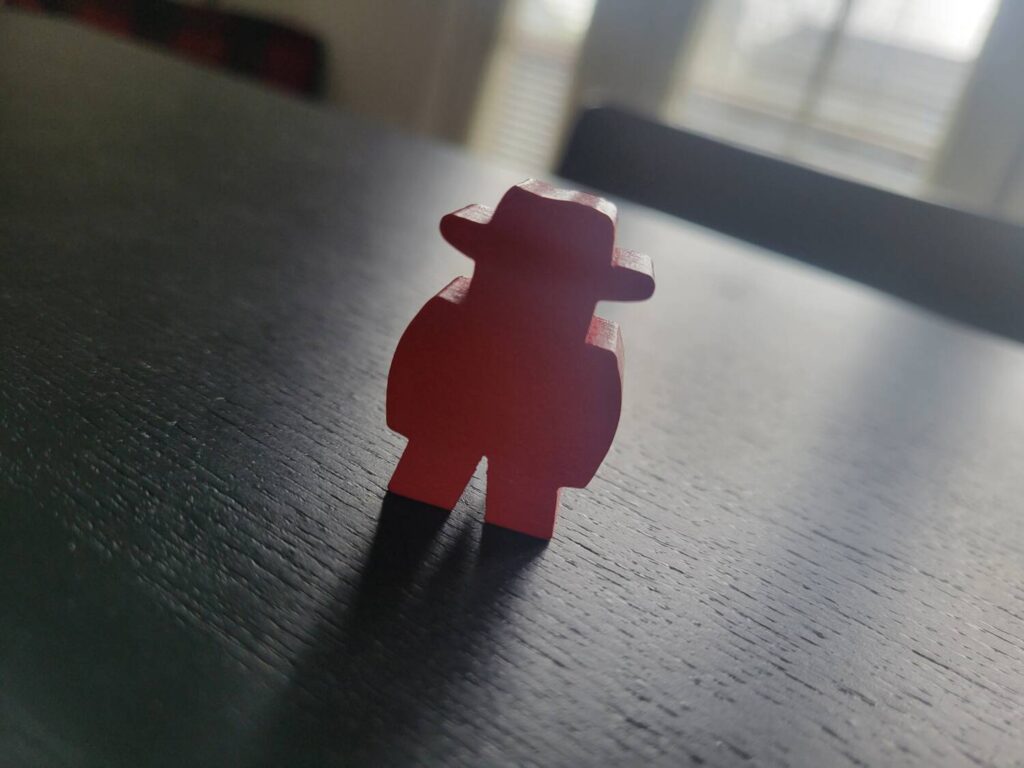
If you’ve played any of the games of the series before, you’ll recognize most of this stuff. You move around a track, adding various types of assets to your collection, discarding cow cards for money, collecting objectives that you try to complete by the end of the game. , Most importantly, you’ll be making deliveries to Kansas City…Buenos Aires…Auckland…*checks notes*…EL PASO.
The main differences come in the form of the way that buildings work, how workers, uh, work, and how deliveries work.
Unlike previous GWTs, the building supply is shared in this version. There are six different buildings, two of each type, and they are first-come, first-served. Players may only build two buildings, though they can upgrade a lower level building into a higher level one.
Deliveries are mostly similar, though instead of receiving money for how large your delivery was, you receive a flat 5 dollars and you’re mainly trying to get big melds to get endgame points. Additionally, instead of moving back to the beginning of the track when you deliver, you just keep going in a circle, which isn’t really that different beyond how large the map is.
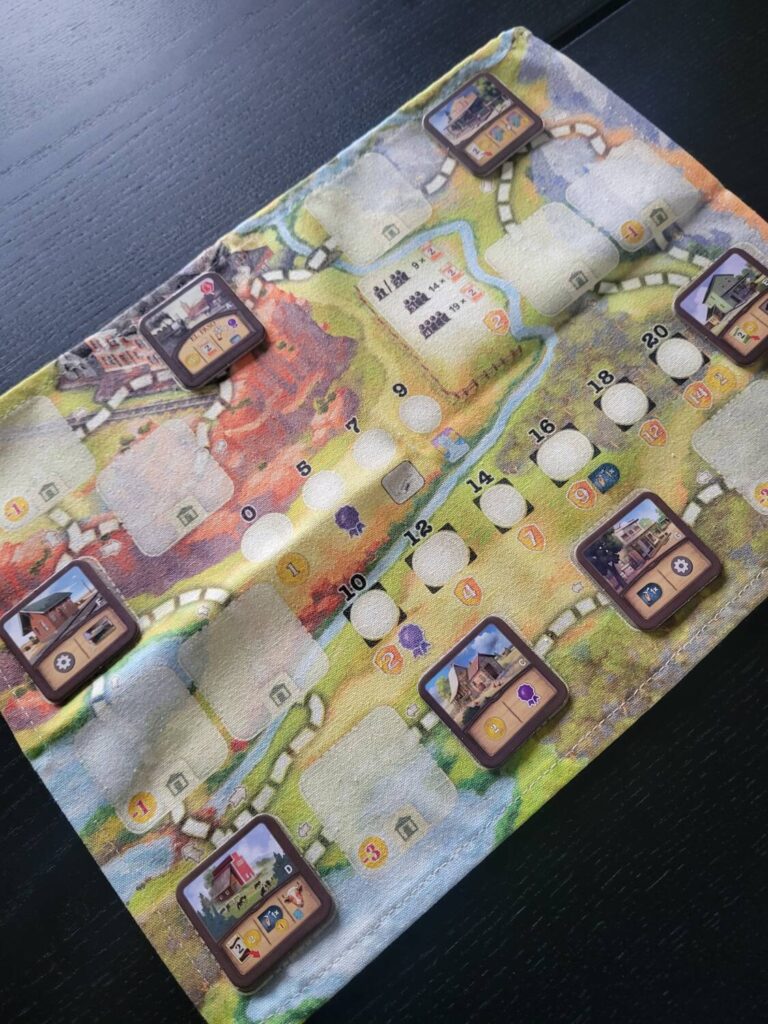
Finally, the workers. This is the only real unique feature that this version of the game offers.
Workers sit below your player board, and you can use them as free actions to boost your actions. The cowboys give you bonus movement, train engineers and the wild workers give you money, and the builders give you certificates for deliveries. When you use these, they get discarded and when they come through your deck, they’re placed back below your player board, where they can be used again. They also serve as currency for building buildings, adding cows, and using train cards to get bonus stuff.
Who asked for these cows?
I’m not usually interested in existential board game questions like “why does this exist?” The answer, at least as far as board games are concerned, is because a publisher believes it can sell. Reason not the need, etc., etc.
After we played this, a friend of mine pointed out that this game might be useful for teaching someone the ropes of the system, and that someone “includes Alexander Pfister, apparently.” The dig at the designer was due to tile 2a, which seems at best wildly underdeveloped and doesn’t really have a place in the system.
What is tile 2a? Well, it’s a tile you see variations of in other versions of the game, where basically you get to take another move right after taking the actions of the tile. Tile 2a, in this game, gives you one move and the ability to get a bonus tile for 2 dollars. These bonus tiles score you points and usually give you a decent benefit. I think it’s safe to say—and there have been several threads on BGG about this already—that this tile is vastly overpowered. I’ve played a ton of games since on Board Game Arena, and when tile 2a is in the game, it is typically the first move, and placing it right before El Paso results in an extremely broken combo that sucks a lot of life out of the game. Something so obvious is disappointing to see from a veteran designer like Pfister.

The game is fast, sure, but in this case, a 45 minute playtime feels unsatisfying at best, because, it turns out, the granularity of the original game provided a lot of the fun and challenge. In this, it’s typical to just run 2-3 move turns before making a delivery, and just run that same route from start to finish. There’s not much in the way of competition for space, workers, buildings (2a excepted). It’s competition over a clock, which was a core part of the original game, but here it just feels cheap and lifeless.
But, if you want the Great Western Trail experience, you’re in luck! The original game is in print, easy to acquire, and provides one of the greatest experiences in gaming. Just go do that instead.


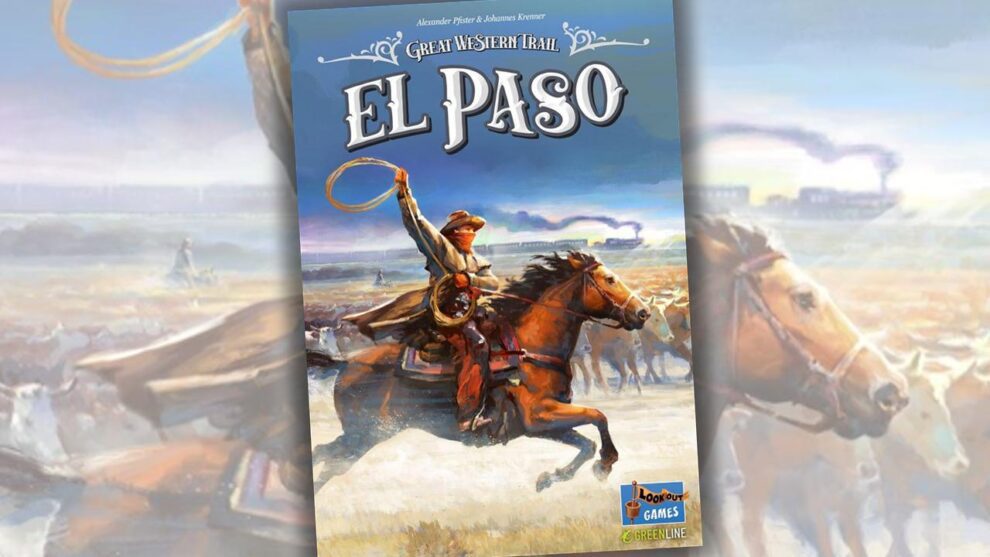

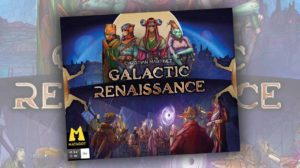

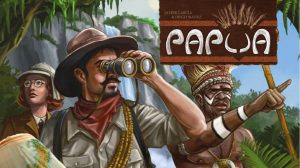





What a shame, was expecting it would be a snappier version and not just worse